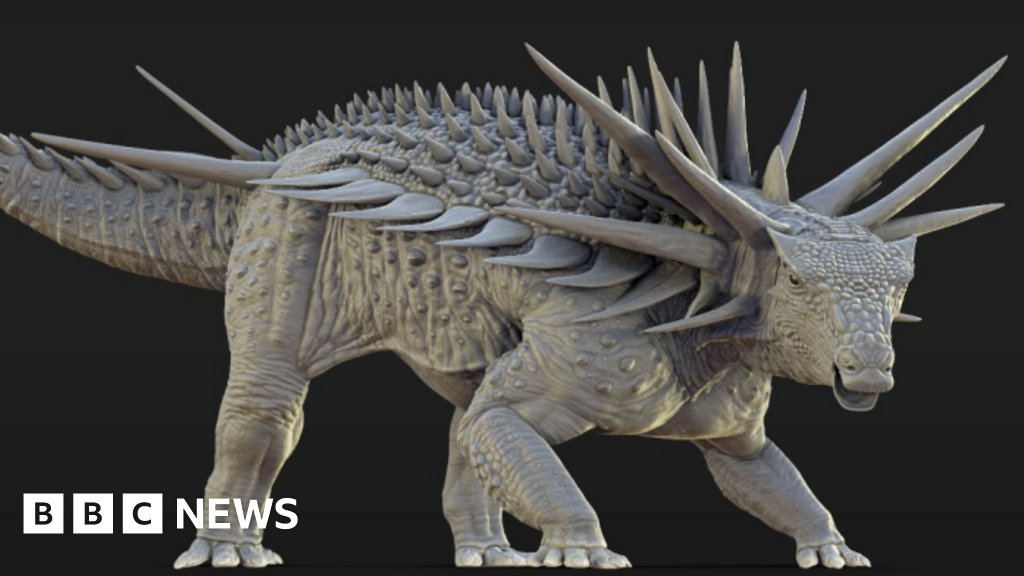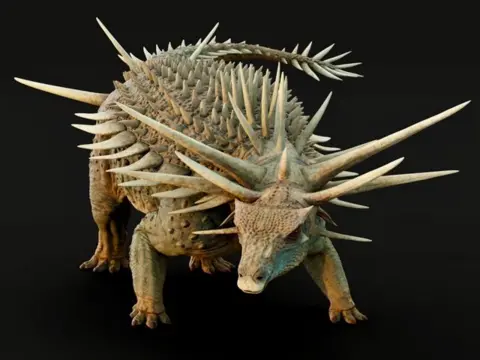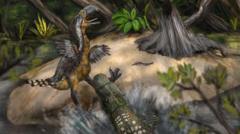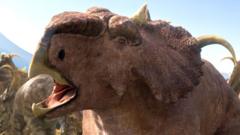Recently, scientists announced the discovery of a striking new species of armoured dinosaur, known as *Spicomellus afer*, found in Morocco. This dinosaur lived approximately 165 million years ago and is distinguished by numerous metre-long spikes protruding from its neck. This finding forces a reevaluation of how these armoured dinosaurs, part of the ankylosaur group, evolved over time.
Prof. Richard Butler from the University of Birmingham, who co-led the research, referred to the species as the 'punk rocker' of its time due to its outlandish appearance reminiscent of punk subculture accessories with its array of spikes. This unexpected complexity runs contrary to the previously held notion that ankylosaurs began with simple armoured plates, intending to evolve into more elaborate forms.
The discovery is especially exciting as it marks the first ankylosaur ever identified on the African continent. Prof. Driss Ouarhache, who led the Moroccan team, emphasized the significance of this research in advancing Moroccan science, highlighting the untapped potential of the region's paleontological discoveries.
In terms of size, researchers estimate that *Spicomellus afer* would have been around four meters long and one meter high, weighing roughly two tonnes. This radical new insight into the dinosaur's morphology may revolutionize the understanding of ankylosaur evolution, suggesting that such decorative structures were initially used for display rather than purely for defense. The implications of this are profound, inviting further study into the ecological role of such prehistoric critters in their ancient environments.
Prof. Richard Butler from the University of Birmingham, who co-led the research, referred to the species as the 'punk rocker' of its time due to its outlandish appearance reminiscent of punk subculture accessories with its array of spikes. This unexpected complexity runs contrary to the previously held notion that ankylosaurs began with simple armoured plates, intending to evolve into more elaborate forms.
The discovery is especially exciting as it marks the first ankylosaur ever identified on the African continent. Prof. Driss Ouarhache, who led the Moroccan team, emphasized the significance of this research in advancing Moroccan science, highlighting the untapped potential of the region's paleontological discoveries.
In terms of size, researchers estimate that *Spicomellus afer* would have been around four meters long and one meter high, weighing roughly two tonnes. This radical new insight into the dinosaur's morphology may revolutionize the understanding of ankylosaur evolution, suggesting that such decorative structures were initially used for display rather than purely for defense. The implications of this are profound, inviting further study into the ecological role of such prehistoric critters in their ancient environments.



















